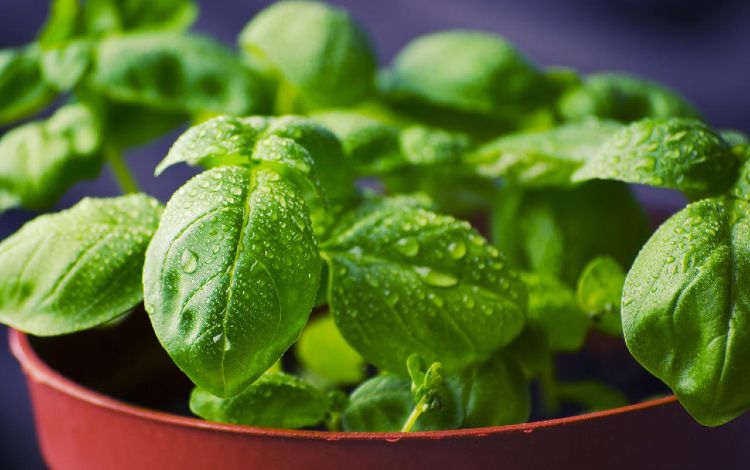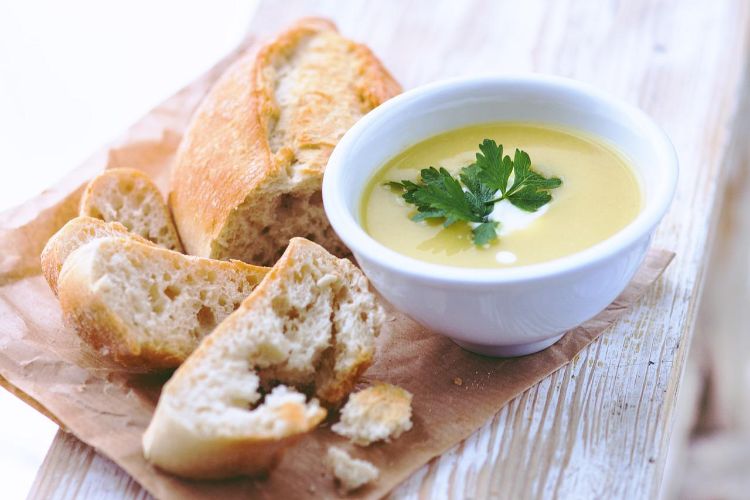Glyndebourne ~ Music, Art, Cream Teas, Champagne and Lobster Salads
Not being a great opera lover, it was with some apprehension that I accepted an invitation to go to Glyndebourne Opera in West Sussex to see Mozart’s Le Nozze di Figaro, conducted by Jeremie Rhorer and directed by Michael Grandage.
Arriving at Glyndebourne is certainly an interesting experience for those who have never seen the place. A beautiful 500 year old Tudor house {at its core} placed in the middle of gentle, rolling hills in the West Sussex countryside, surrounded by picture-postcard farmland and wild flower meadows, the event feels like visiting a National Trust property that is holding a special party where many of the guests have known each other for years. It is not one of the small, intimate, opera-on-the-lawn affairs that I am used to from local village charity events: over 150 000 people every year make their pilgrimage to this Holy Grail of opera venues, where new opera stars are created and aspiring orchestra directors make their name.
A huge, purpose built brick operatic house seats 1200 people who come and see six different operatic productions. The Glyndebourne Festival was originally founded in 1934 by John Christie and his opera singer wife Audrey Mildmay, and to this day it is a completely private enterprise, with no government subsidies. Its funding is received entirely from ticket sales and from private donations. The Festival runs for 100 days every year, from late May till the end of August. The current Chairman of the festival is Gus Christie and his second wife is also an opera singer, Danielle de Niese, and she is currently playing Norina in Donizetti’s Don Pasquale.
Glyndebourne is famous principally for its musical heritage, a firm fixture in the opera lover’s diary, but what struck me was the sheer range of activities that visitors can experience and enjoy here. If gardening is your passion, you can feast your eyes on stylish herbaceous borders surrounding the house, an abundant kitchen garden, greenhouses and orchard trees, buzzing with bees and butterflies. The gardeners at Glyndebourne are able to feed the family and the cast that come to live here during the 6 week rehearsal period before the Festival opens. A 70 metre wind turbine in the grounds creates the energy that is required to run the estate, which is run on sustainable practices, like a self-sufficient community of artists.
The sculptor Sean Henry is exhibiting his huge life-like sculptures, dotted all around the grounds. There is a clear marriage here between music and the visual arts, in every corner there is something compelling to see and consider. The Organ Room is particularly interesting, the only room of the house open to the general public, it is also used as a rehearsal resource for the cast, and it gives visitors a small measure of what it must be like to live here.
For foodies, there are several restaurants at the Festival that cater for all sorts of budgets and tastes, from the high-end Middle and Over Wallop, to the more informal carvery and buffet of Nether Wallop. The caterers Leith’s are responsible for the food offering at Glyndebourne, and the contract stipulates they need to source ingredients locally. One of the main attractions of dining at Glyndebourne, without doubt, is the afternoon cream tea, which is served with finger sandwiches, ginger cake, Victoria jam sponge cake, Battenberg slices, scones, strawberries, clotted cream and jam and a selection of teas. You sit in a walled patio, surrounded by flowers, waiters and tiered cake stands, browsing through your 136 page Festival programme, that is almost like a book. You won’t have time to finish it until the next day, it is an opera buff’s must-read story book.
The Ha-Ha picnic is another highlight of the festival ~ served during the hour long interval of the opera, Leith’s can organise your very own table and chairs facing the front of the house, looking out onto the infinite green fields of Sussex. Cold champagne on ice accompanies delicious lobster salad or hams with pickles, smoked salmon and sherry fruit trifles. It is the little touches that indicate just what a professional operation this is: warm bread rolls wrapped in a brown bag, starched napkins, homemade mayonnaise, a porcelain butter plate, boxed chocolate truffles, flowery china and a hot thermos flask of coffee are all carried to your spot in wicker hampers.
Teams of Leith’s runners manage scores of tables, carrying and fetching food and drink from the bar and beyond, as well as clearing everything up at the end, in a spinning whirl of high-end catering.
Many families bring their own picnics and as you people-watch whilst guests meander through the gardens and pathways, you realise what an eclectic audience is attracted to this gathering. Like a United Nations of classical music lovers, you will hear every language spoken, by people from all sorts of backgrounds and of every age.
Yes, there is glitz and there is glamour at Glyndebourne: from pearls, to diamonds, designer clothes and Aston Martins in the car park, there is no doubt that the very best tickets in the stalls provide the perfect corporate client entertainment for captains of industry and their wives. But 30% of all the tickets are priced at £100 or less, some as cheap as £15 – £30, and many students come dressed as if going to a summer picnic party, replete with tartan blankets, straw hats and plimsolls. One man brought a kite. The most important thing to remember is to dress comfortably, as you will be walking on grass and gravel most of the time, and much of the day and evening’s experience is outdoors, so bring layers of clothing. This is not the place for bling or vulgarity but rather quiet discernment in one’s attire. There is even a shop where you can buy jackets, scarves, hats and belts, alongside CDs, cards and souvenirs.
The cast and crew tour Britain with their operas after the festival, CDs are released on the Glyndebourne label and all six operas are streamed online and in cinemas, to widen the outreach of the programme and make opera music more accessible and democratic.
Lovers of costume and theatre will be very impressed with the level of craftsmanship on display. For Le Nozze di Figaro the Almaviva castle setting is sumptuously portrayed in Moorish architecture, with coloured tiles, intricate woodwork and water gardens. The directors have placed the action in the swinging 1960s, and the costumes are bright and breezy. The acting, pace, technical skill and athletic stamina of the singers are all outstanding, and, in particular, their ability to sing in perfect Italian is commendable {none of the cast is Italian, and for many this is either a Glyndebourne debut or a Festival debut}.
Just like the very best food, drink, gardening and art festivals, this wonderfully British institution plays to its strengths on every platform. It is quirky, traditional, historic and contemporary all at once, combining a collaborative cocktail of drama, surprise, formality and magic. As one little girl remarked to her mother at the end of the evening, “It’s even better than the best film at the cinema!”
Further information
Glyndebourne: www.glyndebourne.com
Follow on Twitter: @glyndebourne

